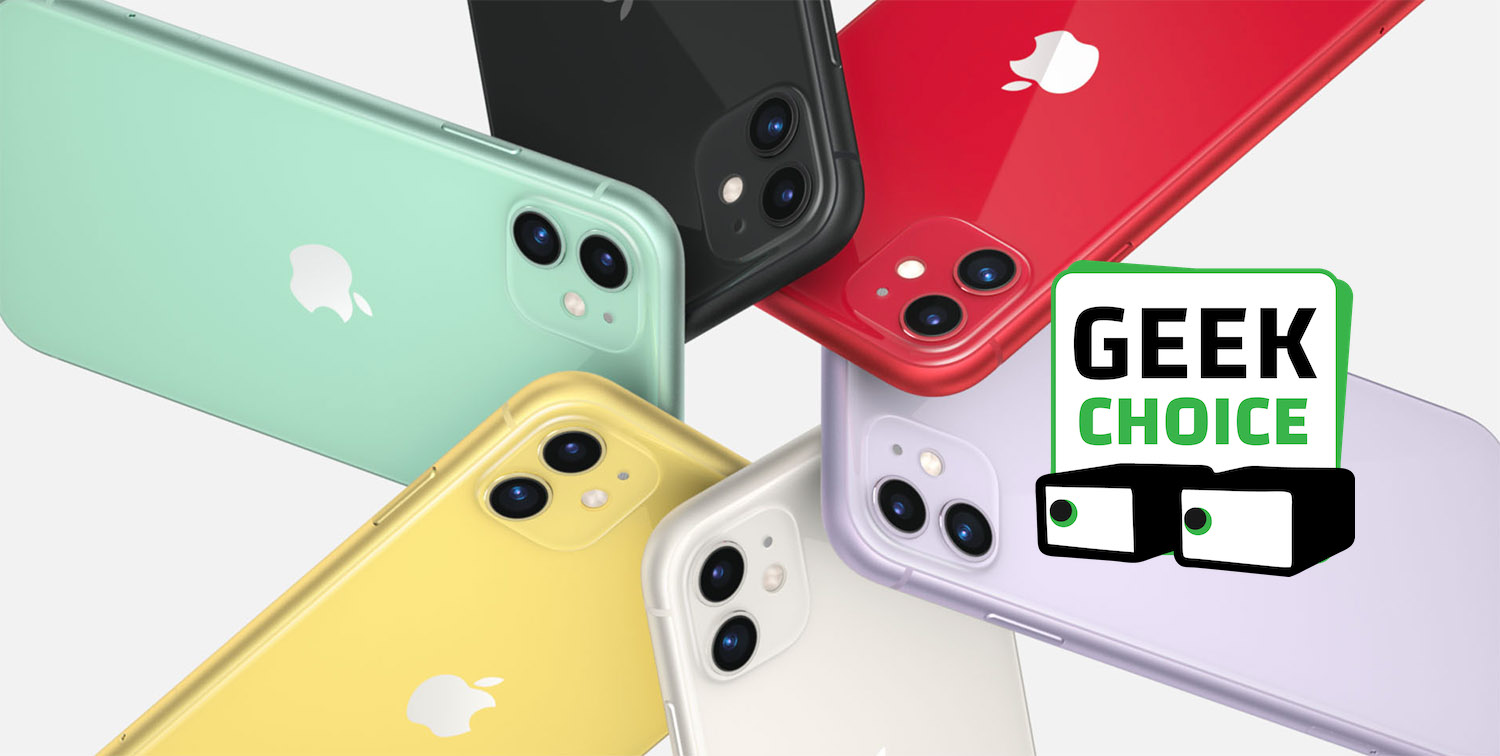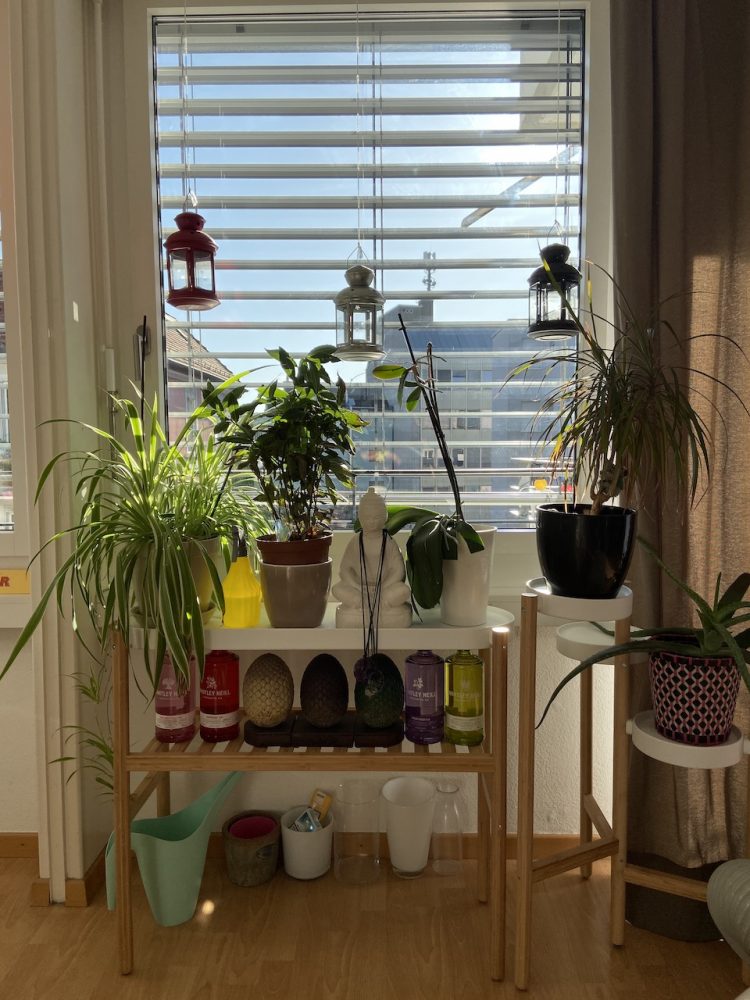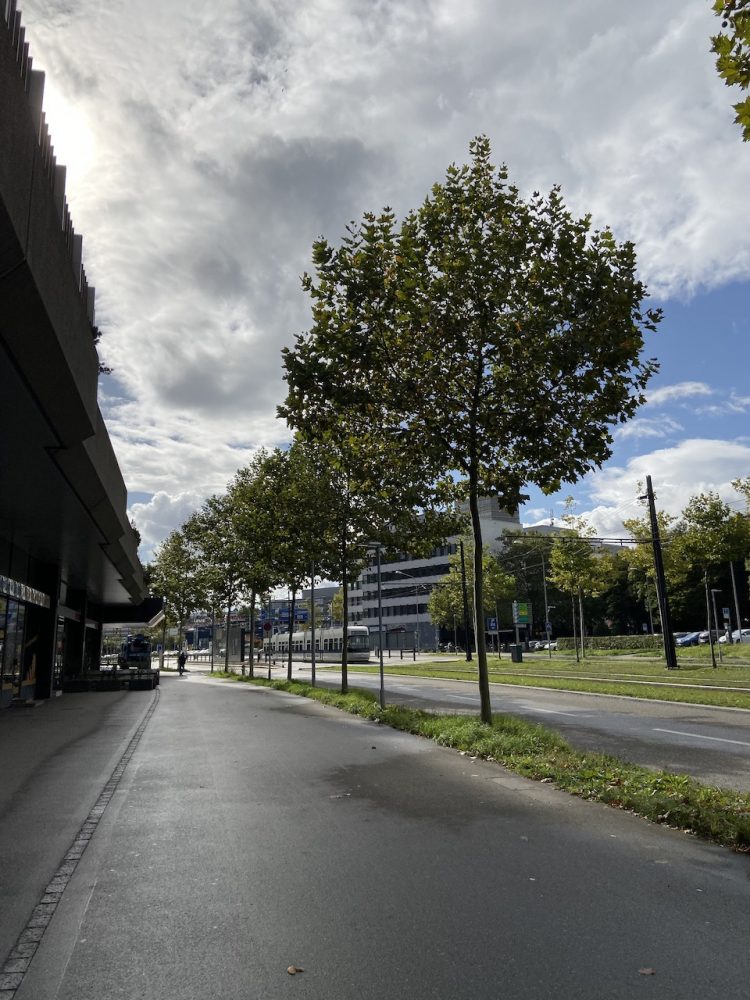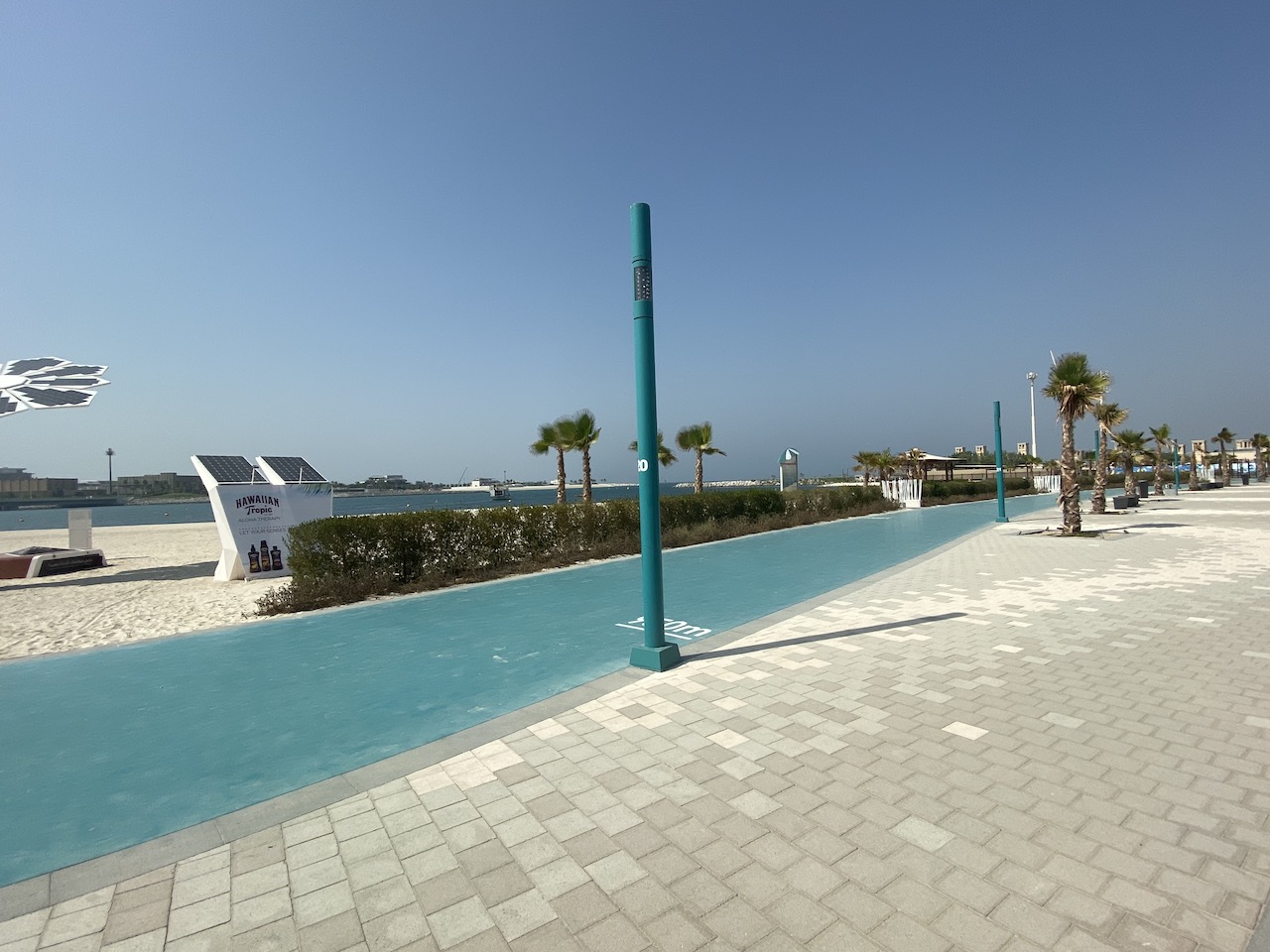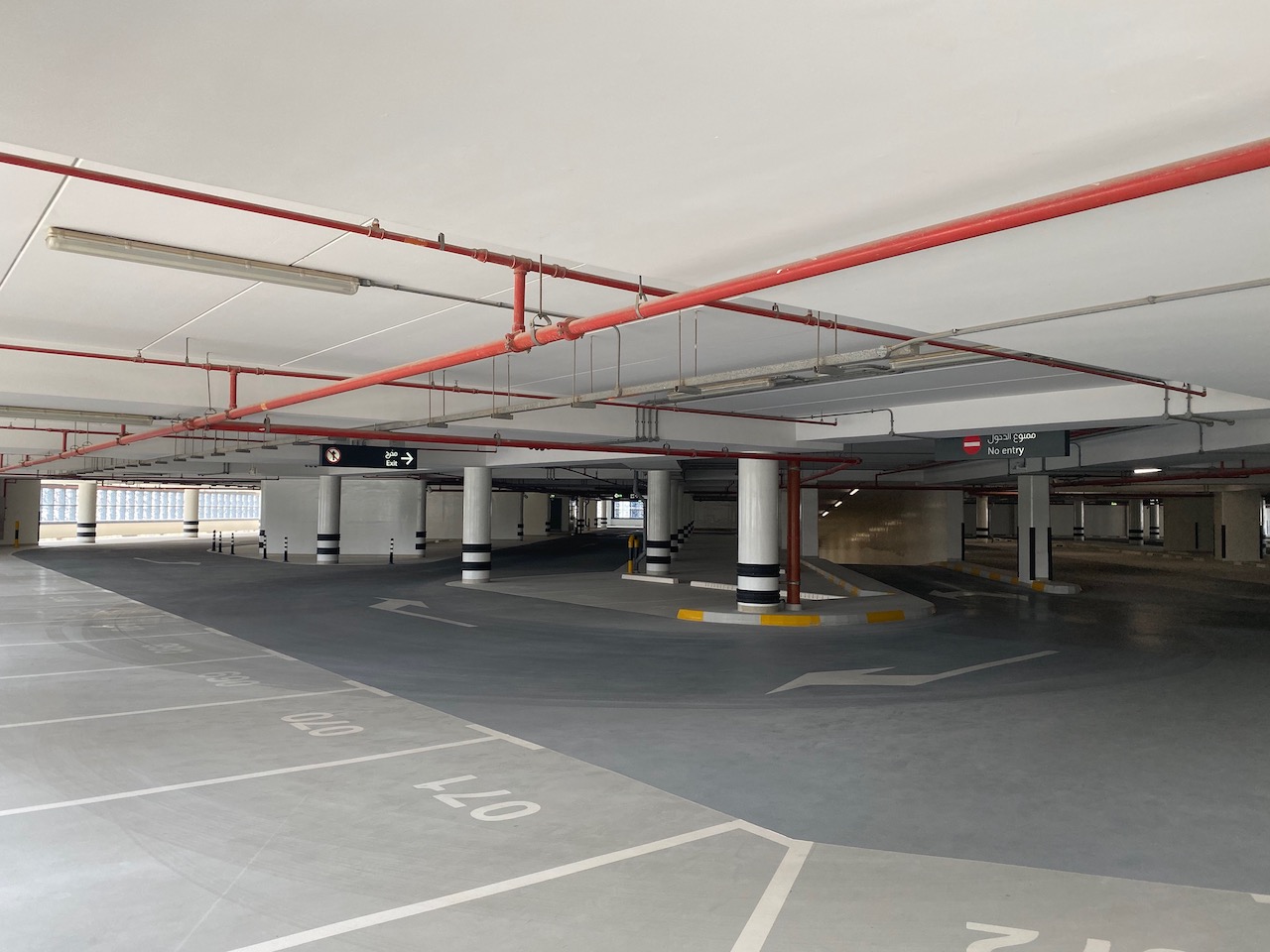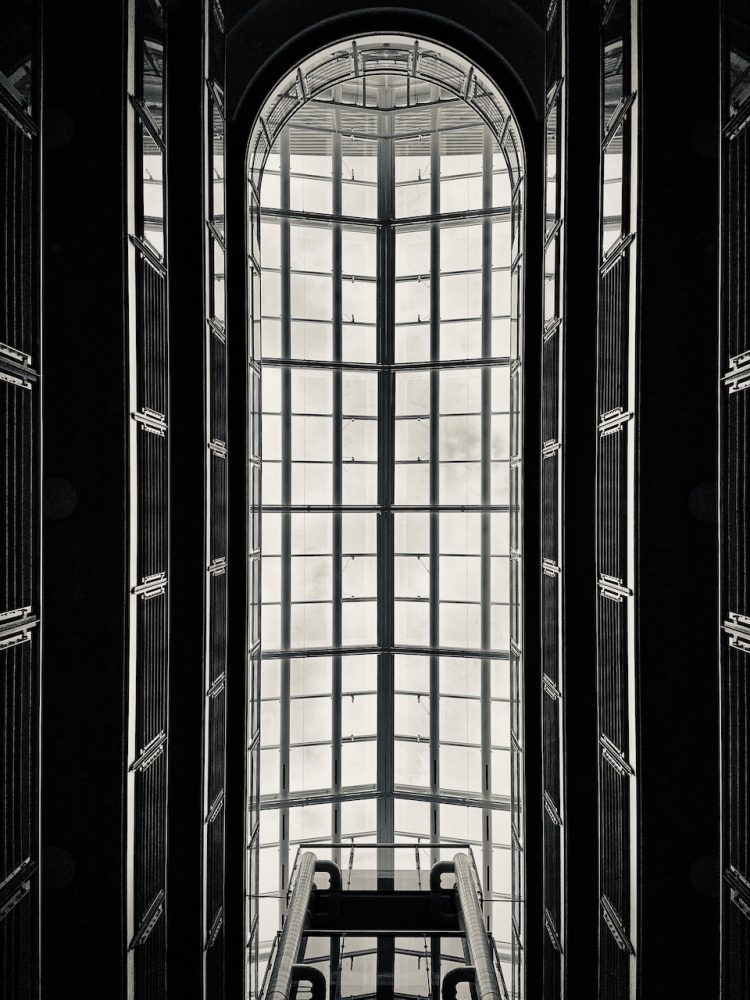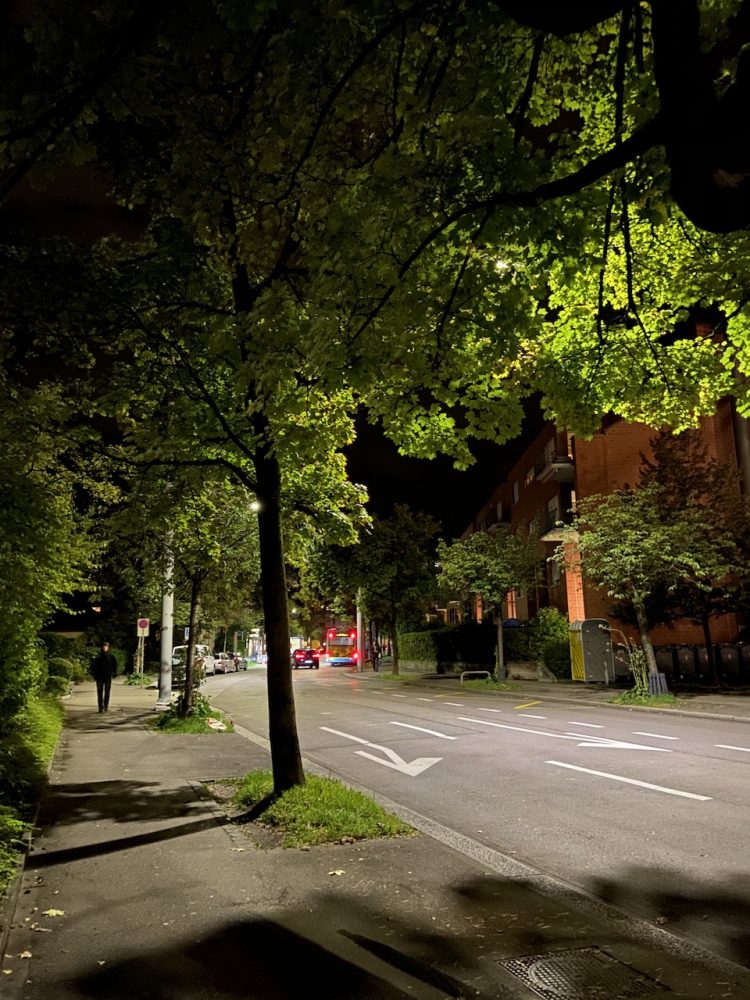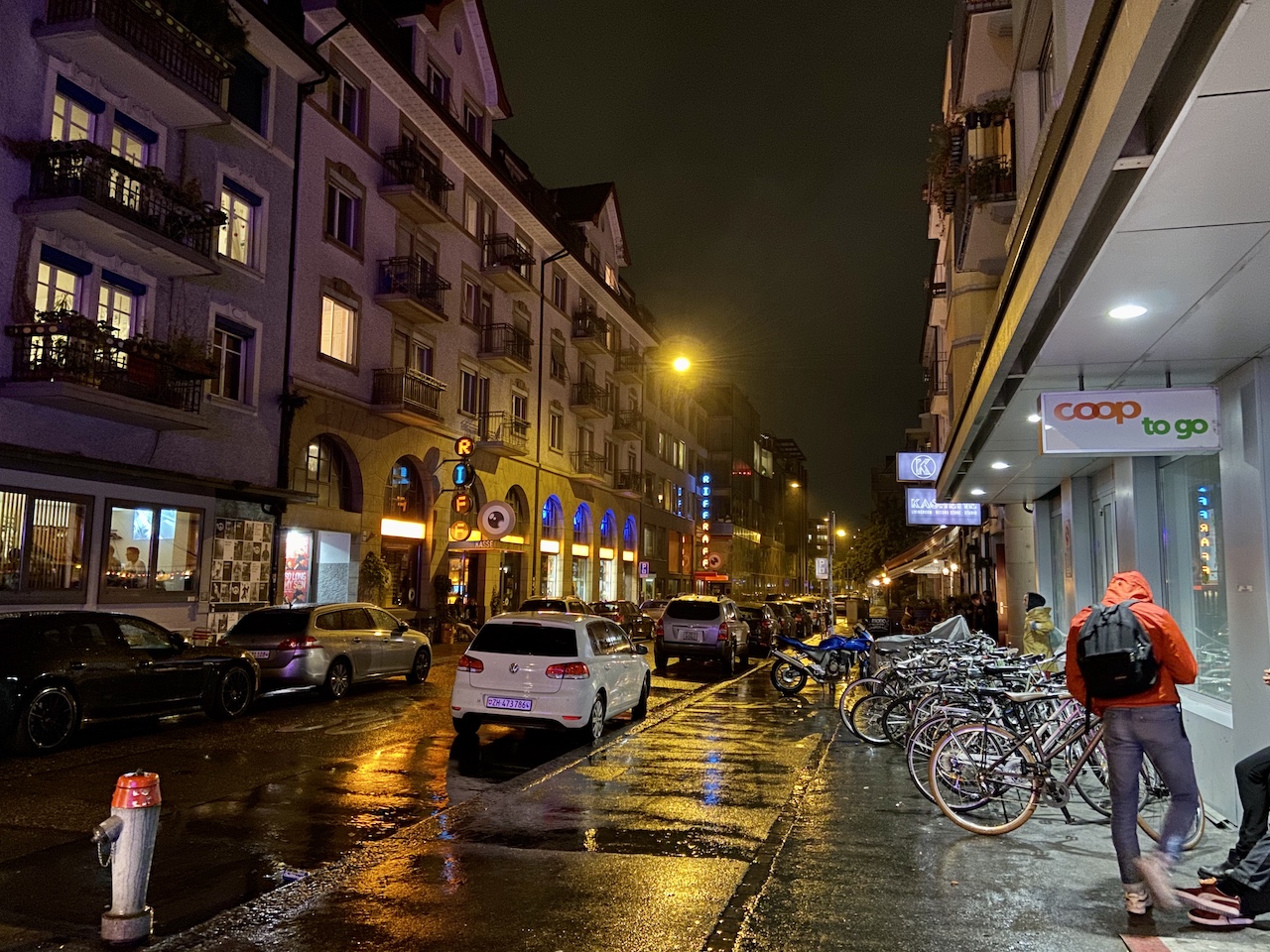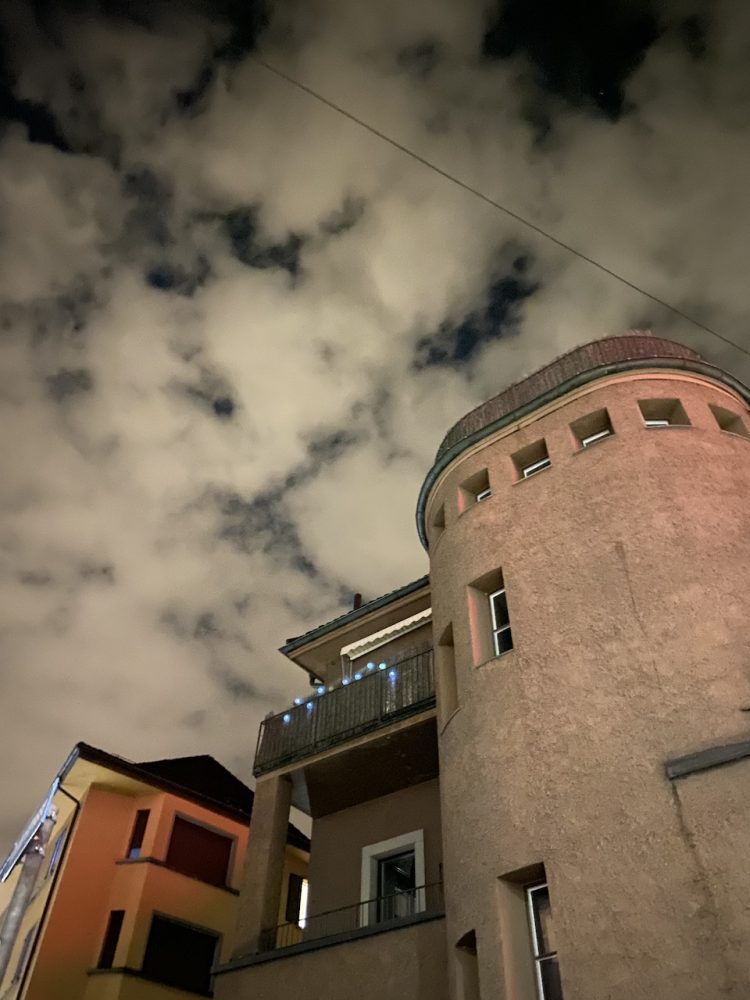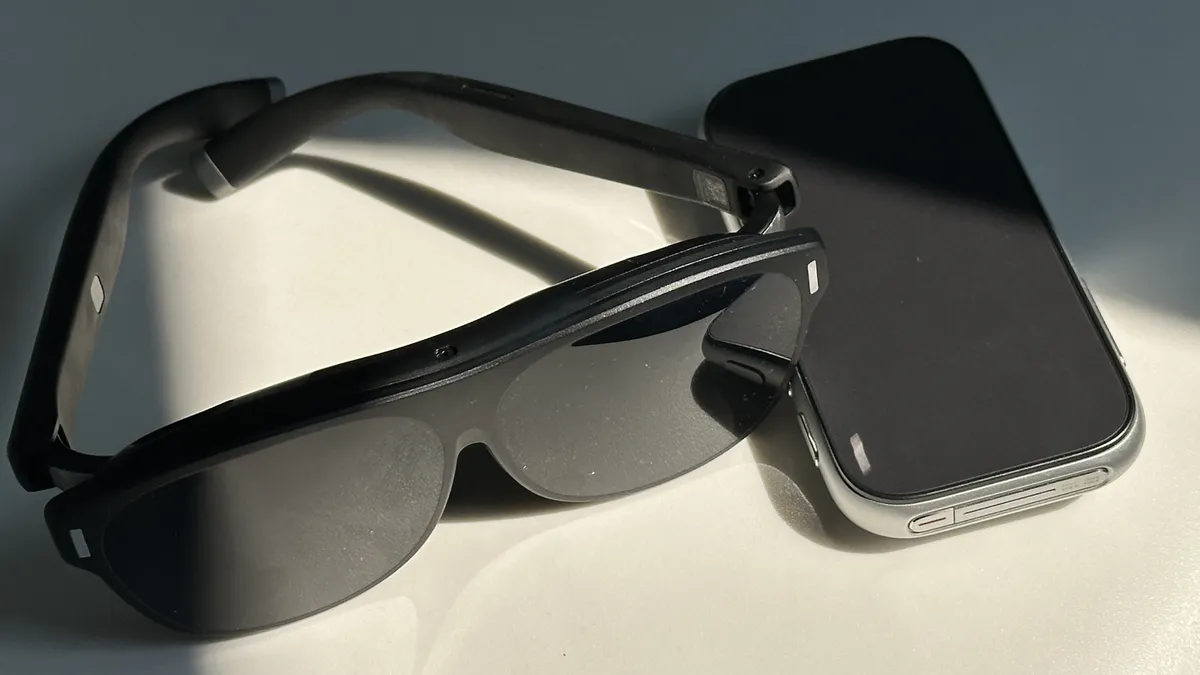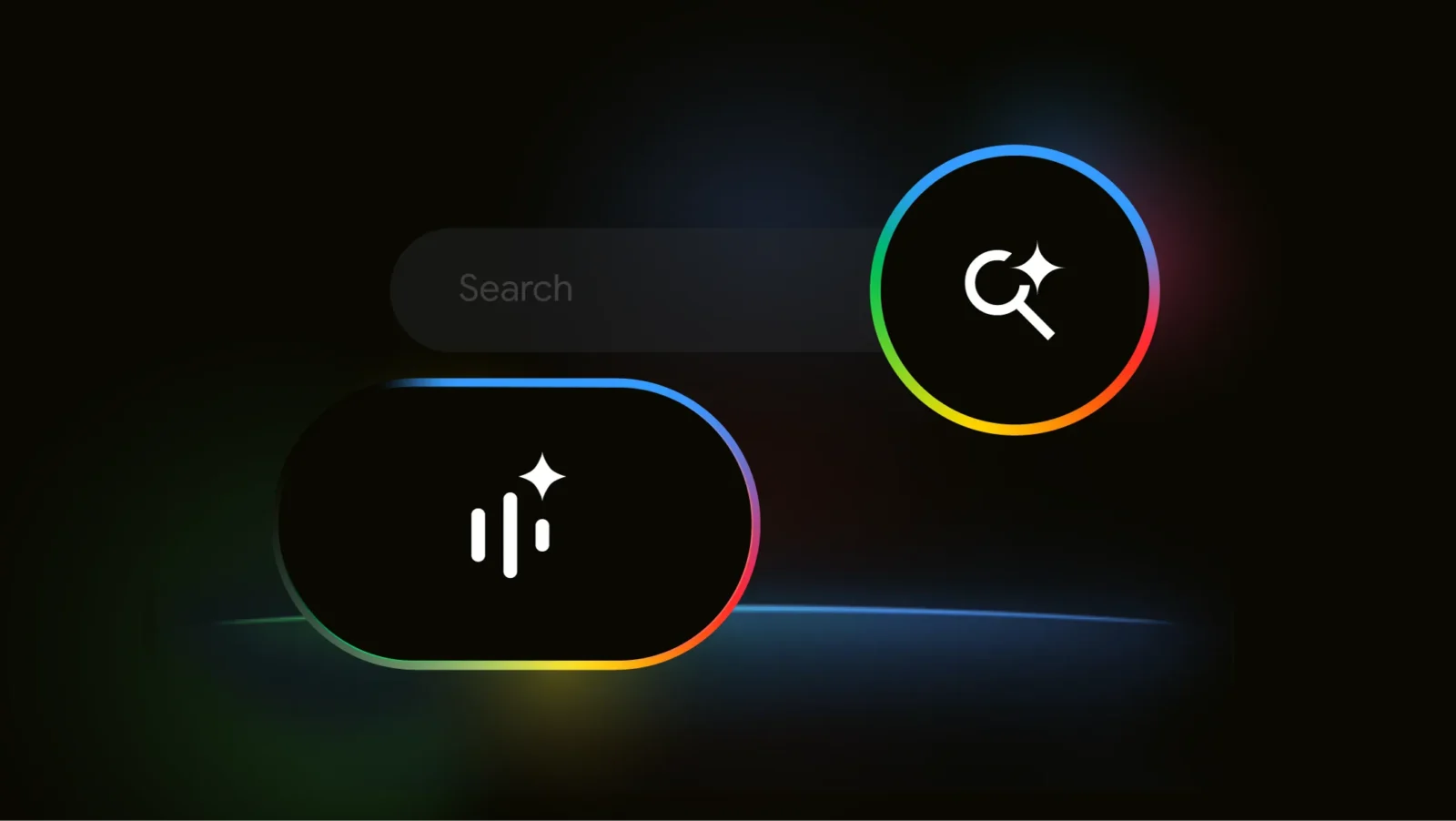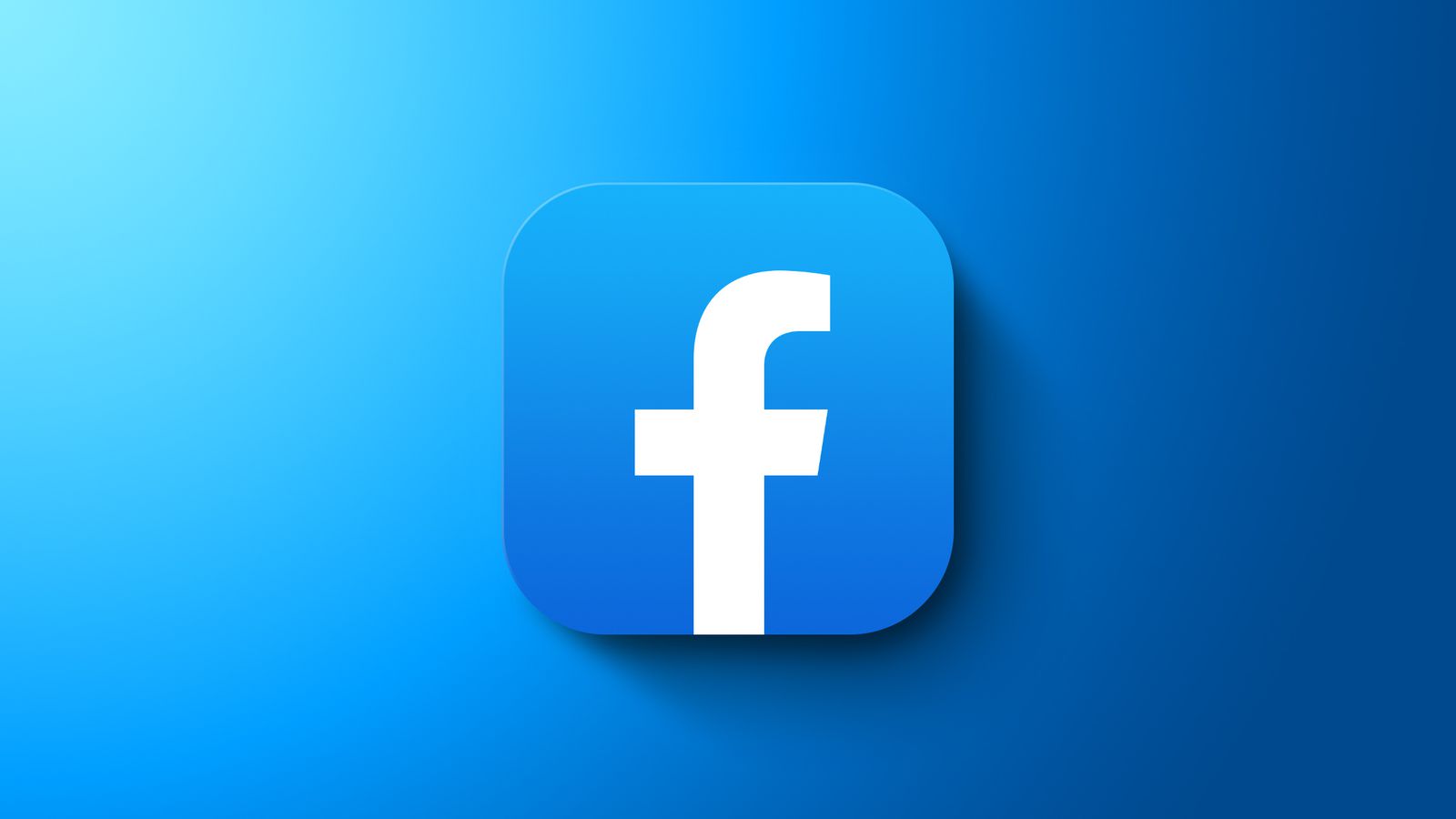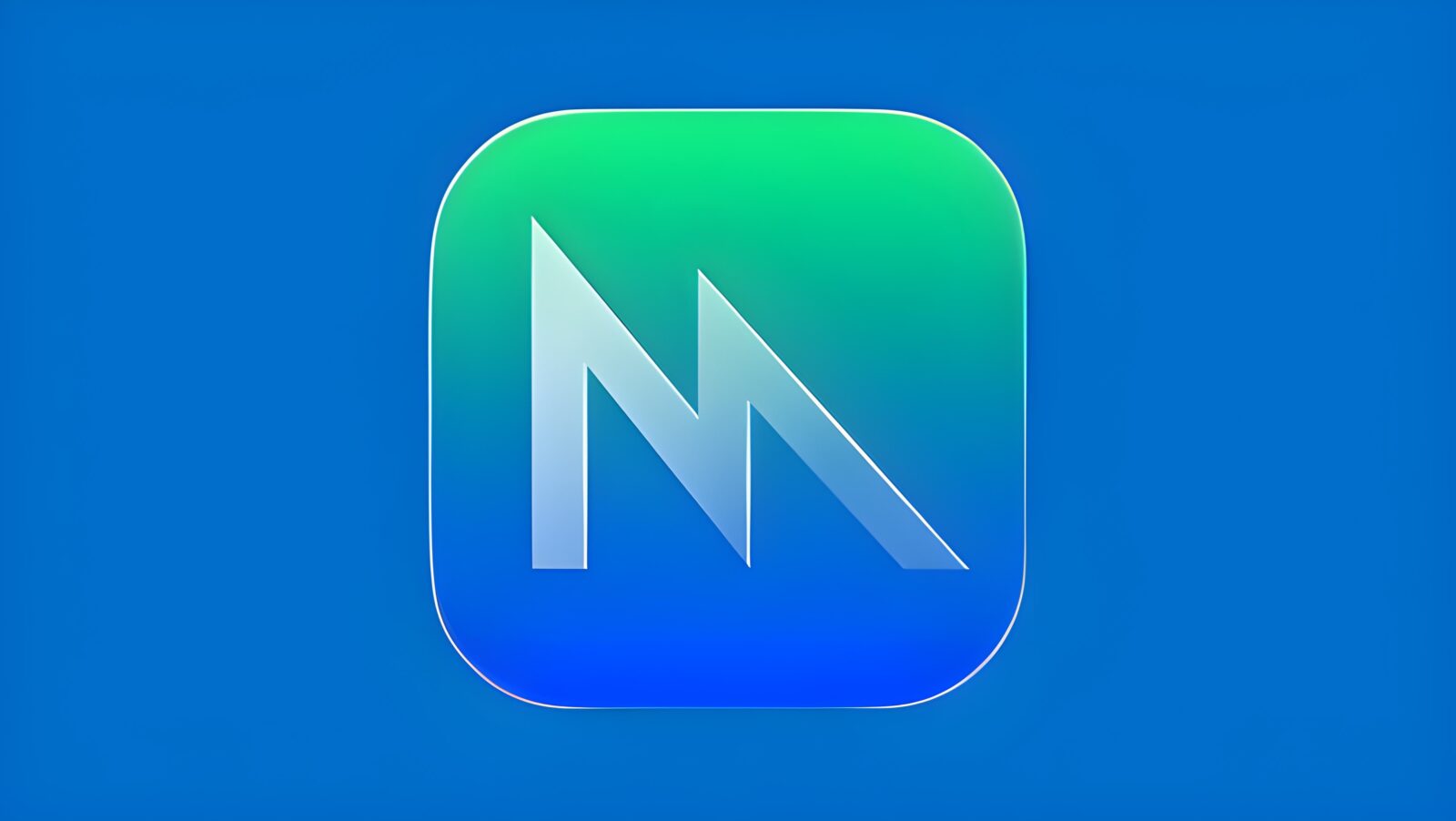Another year, another iPhone gets us all excited! This year, Apple released 3 new models: the iPhone 11, iPhone 11 Pro and iPhone 11 Pro Max. Today, we look at the iPhone 11, and talk about why—for many—this this phone is ideal over its other siblings.
Make no mistake that the Pro line is the definitive premium line, but Apple is making sure to not fall into the iPhone XR trap where the iPhone 11 is deemed inferior. The iPhone 11 is a flagship phone that will appeal to most but those who absolutely MUST have the top-tier Apple phones. For the things that matter, the iPhone 11 share the same specs as the Pro models. While the Pro models have an extra lens, better battery life, and an OLED screen, the iPhone 11 still packs some powerful upgrades and can save you around 1000 AED+ while still owning a flagship device.
Hardware recap
The iPhone 11 takes on the shape of its predecessor—the iPhone XR—with a few external upgrades and major internal ones. The iPhone 11 is a good middle ground for users who want a bigger screen than the iPhone Pro but not as large as the iPhone Pro Max.
The Liquid Retina LCD still comes at a sub-1080p resolution of 1792×828 and a pixel density 326ppi with True Tone, Wide Gamut display and 625 nits of maximum brightness. A far cry from OLED, it has a contrast ratio of a modest 1400:1, but for our day to day usage we hardly noticed we were using an LCD screen except when placed next to an OLED or when rendering a fully black website or app. We think it is quite unfortunate that Apple has not bumped up the resolution, but websites, text, games, and movies never feel unsharp.
On the back, the two cameras sit on a frosted, slightly raised square section of the single-piece (and otherwise very glossy) glass. Apple says that this is the “toughest glass in a smartphone”. While the front screen might get minor scratches from daily use, it’s harder to see scratches—if any—on the back glass depending on the colour of your phone. We do believe Apple that this is tougher glass than before—and they seemed excited to even render it being tossed around in a bag with keys during the presentation— but we would recommend picking up a clear case to show off those colours and prevent from some damage. Or, get Apple Care.
Being tossed in the bag is one matter, but if your iPhone 11 finds itself in the pool, then fret not: it is IP68 rated and can withstand being submerged at a depth of up to two metres for up to 30 minutes. Just make sure the speakers have had time to dry otherwise you’re going to be listening to some buzz-noise while playing music.
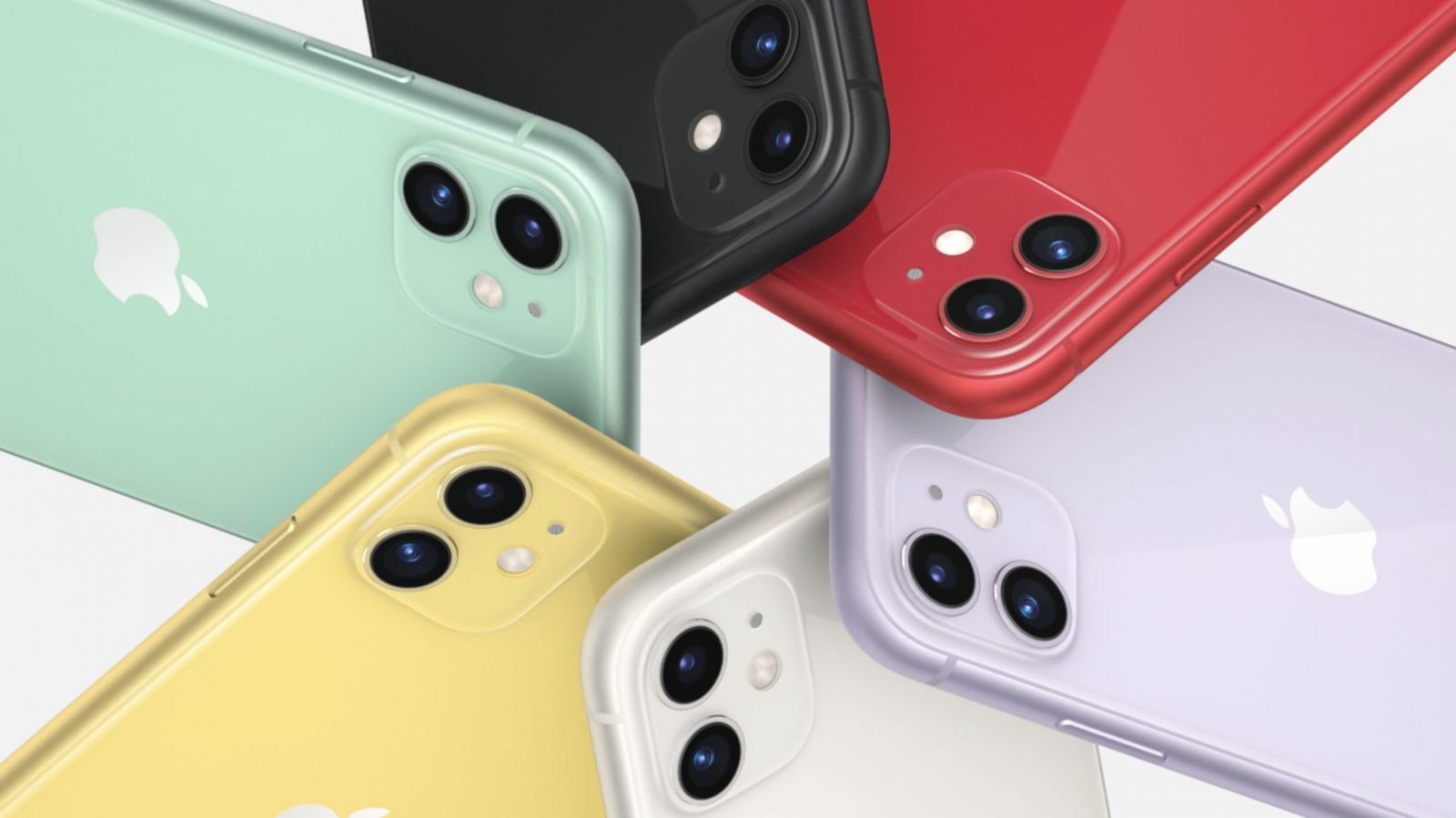
So, while all of this makes it physically look like the iPhone XR (at least from the front), the biggest and most important changes are under the hood. The iPhone 11 gets a new processor (which it shares with the Pro models) and a new camera module powered by the new A13 Bionic chip. You also get the third-generation Neural engine, and Dolby Atmos support for audio—and trust us, it sounds loud and great.
As for battery life, it lasts an hour more than the iPhone XR, which already had great battery life, and that definitely holds up in our tests. Unplugged at 8AM, the iPhone 11 ended up with around 30% battery life by 9PM with medium use including playing a games, taking photos, browsing the web, emails and messaging. Kill some background refresh process and you can last a couple or so hours more. While all of this is good news, unfortunately Apple does not include the fast charger along with the iPhone 11 like it does with the Pro line (and this is the first year they include the fast charger with the Pro line, even). If you have an iPad Pro however, you can use its charger provided you have a USB-C to Lightning cable.
Camera
The camera received quite an overhaul, not only with the new Ultra Wide lens but also with a significantly improved sensor and software—and finally, Night Mode—to get you some of the best photos you can take on a smartphone. This is even without the Deep Fusion, which comes in iOS 13.2 later.
The main 12-megapixel sensor comes with an f/1.8 aperture (similar to the one on the iPhone 11 Pro models). It’s a massive improvement though from last year’s model (even more so if you’re coming from the iPhone X).
The new, Ultra Wide camera takes a photo with 120 degrees field of view. It’s best used outdoors for landscape photos, as we found it is not as sharp as the regular camera where the subject is within a couple of metres from you.
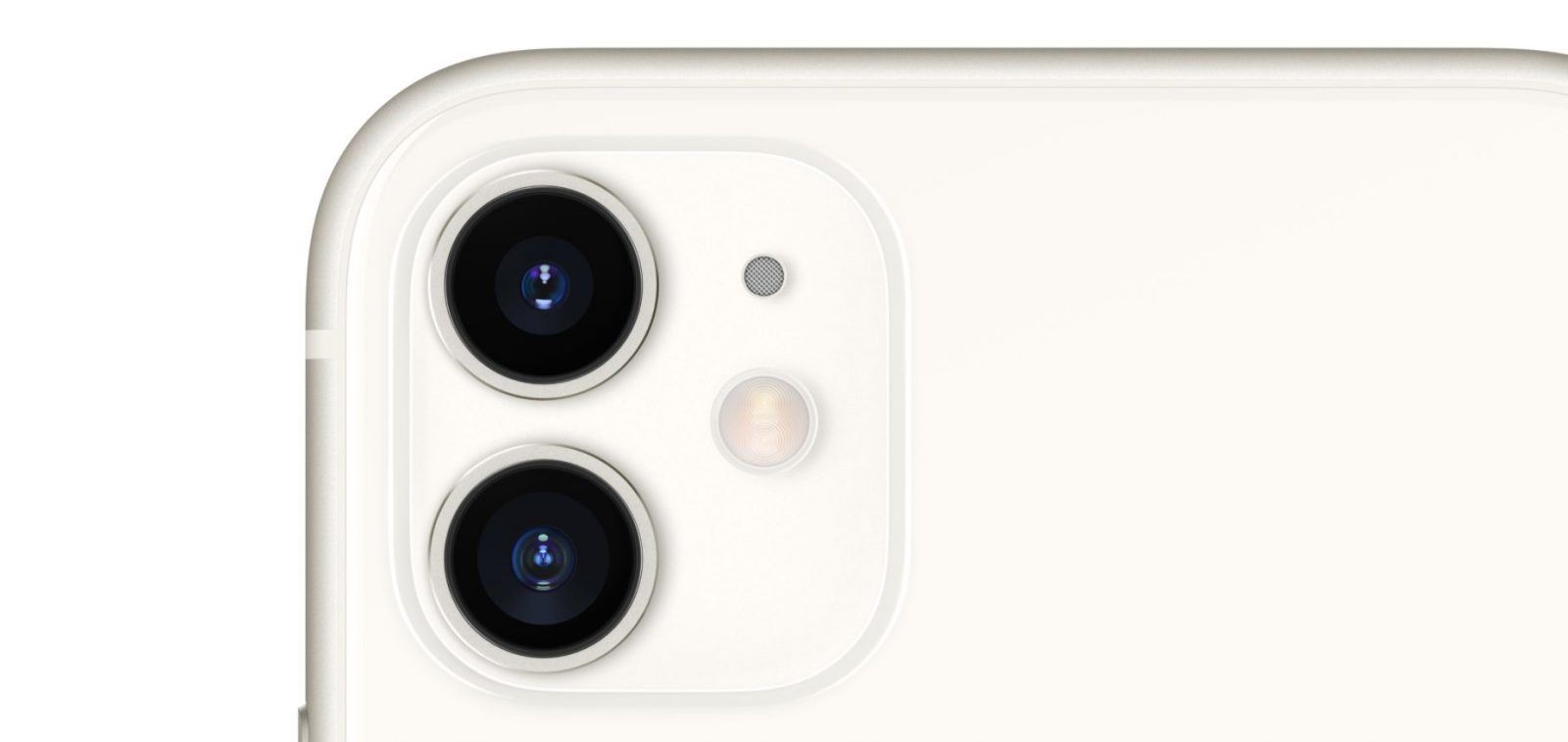
Night Mode is our favourite mode; finally, you can take good photos outside (or inside) in the dark. The mode kicks in automatically, and you have very little control over how long the shutter remains open—usually 3-5 seconds if you’re steady. Prop the iPhone against something or on a tripod, however, and you can take an exposure up to 30 seconds. The results—even if you’re holding the phone handheld—is a far cry from any iPhone before it and is a strong contender against the Note and the Pixel phones. Needless to say, this is the feature we have been waiting for.
For all other modes, a new algorithm called Semantic Rendering automatically adjusts highlights, shadows, and sharpness in specific areas of a photo by capturing several photos before the shutter button is pressed with an addition of overexposed shot afterward, and then magically produce the perfect image.
Finally, the front-facing camera has a few upgrades as well. You can capture wide-angle selfies (though not super wide as to make your face distorted), which is very handy for group photos. It also shoots in 4K 30fps as well, meaning that 4K videos will now be more mainstream than before. Dynamic range is also greatly improved on the front facing camera, so you will get a lot more of the details in the sky without losing details from your face. Additionally, you can take silly videos of yourself in slow motion if you’re so inclined.
Overall, the camera system has finally received the big upgrade that the iPhone deserves. Each previous iPhone has had its nice upgrades but they have all felt incremental to the iPhone before them. With the iPhone 11, it definitely goes beyond incremental upgrades.
The only difference between the iPhone 11 and the Pro line is the absence of the telephoto lens. You can still zoom in, though it will be a digital zoom and you will be missing out on the depth of field effect from the telephoto lens. How critical that lens is for you depends on your own use, but we find the ultra wide angle to be a lot more beneficial. Additionally, the normal lens can take portrait photos in the normal lens now, so you still retain the bokeh effect without having the telephoto lens.
Here are some sample images for you to check out. Some of those images were taken by our co-founder Kinan Jarjous, who is also using an iPhone 11 in Switzerland, while others are shot in Dubai by yours truly.
Smart HDR
Selfie
Normal
Ultra Wide
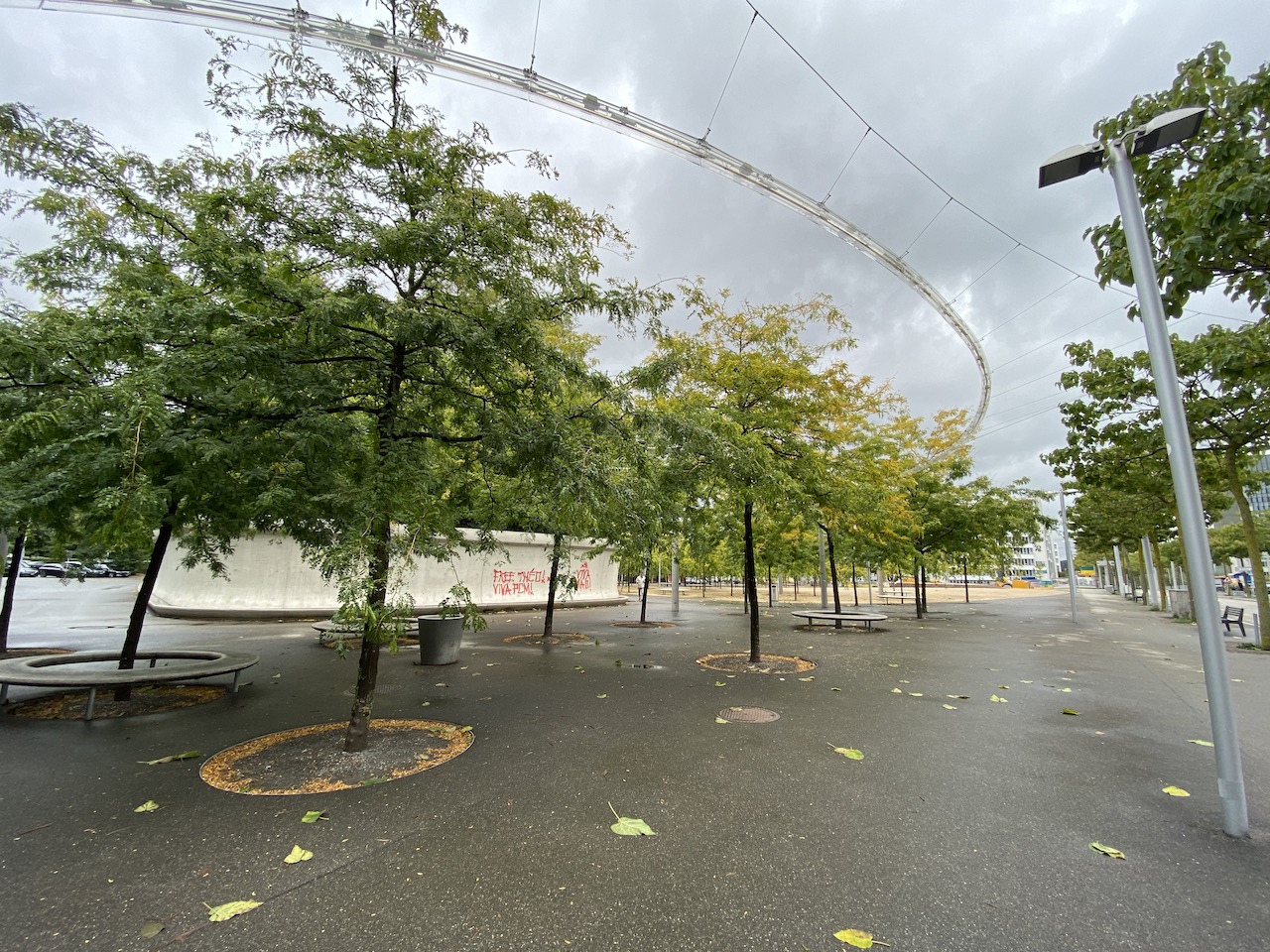
Night Mode
Conclusion
The iPhone 11 is the flagship phone that most people will be using. The iPhone 11 Pro has some extra nice stuff, such as an OLED XDR screen and the telephoto lens (as well as a matte finish instead of a glossy one). How critical is the OLED screen and telephoto lens to you is up to you, but we personally found the LCD screen to be perfectly fine for consuming media content on the go (let’s face it, most of us will be binge-watching Netflix on a TV). If you’re a content creator and that OLED HDR is critical to your routine, then the choice is obvious. For most of everyone else, though, the iPhone 11 is the obvious, default choice—and you cannot go wrong with it.

